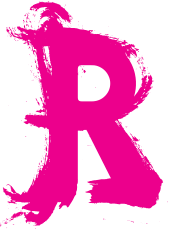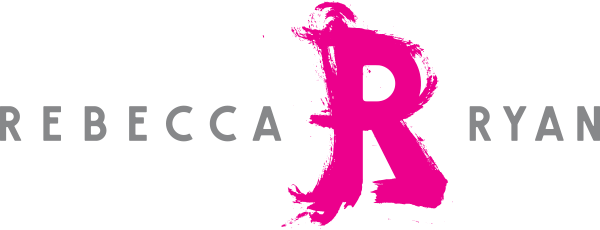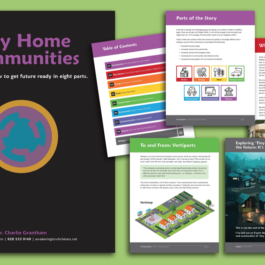What are the top 10 trends for the next ten years? Download the report here.
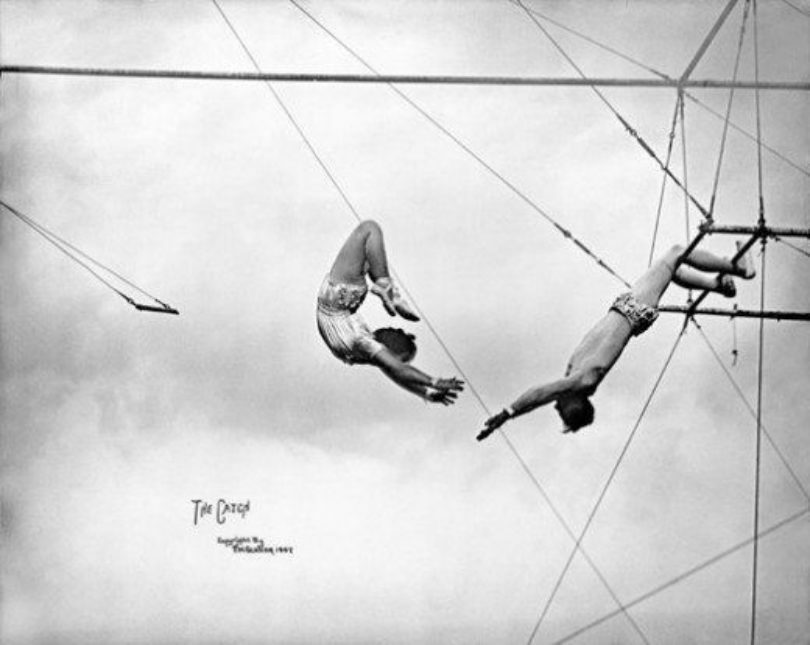
We are living between two worlds: the familiar pre-COVID world and the unfamiliar, still-emerging post-COVID world. This can be unsettling for folks who prefer stability. Which is all of us.
Read on, fair friend. There's no reason to feel stuck or disheveled. In this three-part series, Yasemin and I will introduce you to
- Part 1 - The Three Horizons model, a way to understand what's changing
- Part 2 - Best practices to build a high performing team of change makers
- Part 3 - How to choose kick-ass pilot projects to test your ideas for a brighter future.
But first, let's start by acknowledging that we've already made the pivot. (High five!) The bandaid has been torn off. Now we can focus on rebuilding.
Here's a tool that can help.
Three Horizons Framework
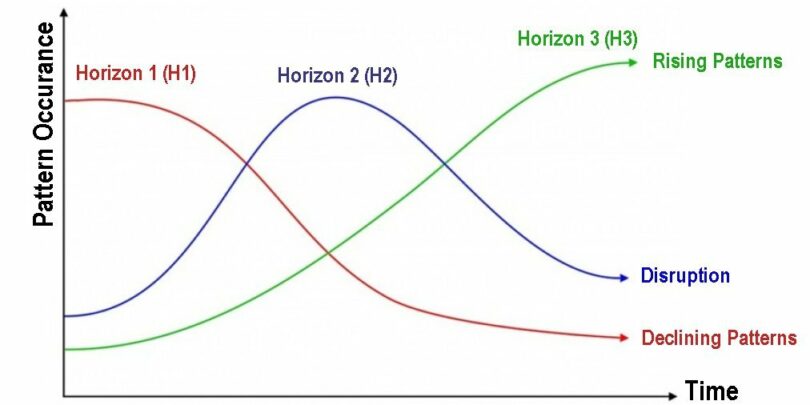
An X/Y diagram of three sine waves, indicating declining, emerging, and bridging systems.
The Three Horizons framework is based on entropy, the notion that things naturally proceed through birth, growth, maturity, decline, and death. Thus, the three horizons are sine waves:
- Horizon 1 (H1): The system has peaked and is now declining. This is the horizon that requires "management."
- Horizon 3 (H3): The system that is trying to emerge/seeds of growth. This horizon is populated by "visionaries."
- Horizon 2 (H2): "The messy middle" between H1 and H3, the province of "entrepreneurs."
The Three Horizons process at-a-glance:
- Identify your domain, e.g., "K-12 Education" or "Membership Associations" or "My community."
- Considering your domain, look at Horizon 1 and ask:
- What's declining, expiring, or losing relevance?
- Who is most affected by these changes?
- What values are present in H1?
- Now look at Horizon 3 and ask:
- What new ideas or disruptions are emerging and showing signs of life?
- Who is most affected by these changes?
- What values are present in H3?
Let's talk about values
The shift from Horizon 1 to Horizon 3 has a narrative arc. At the beginning of the change, those leading Horizon 1 are seen as captains of industry, talking sense to the deranged upstarts who don't understand the market. But as H3 grows and H1 declines, the values of H3 supplant those of H1, e.g., the heroes are disrupting the market and taking power from crusty old-timers who don't understand the new rules. Within this narrative shift is embedded a competition for values.
Please pay attention. If you want to successfully make the leap from H1 to H3, you must acknowledge the shift in values from H1 to H3, or reframe the issue so that both sets of values can mutually coexist.
Here's an example, for decades, oil and gas companies sowed doubt about climate change and dissed renewables. This was Horizon 1 trying to hang on and keep a lid on change. The values of Horizon 1 were "the earth is ours to use."
Over time, renewables gained popularity, and the next-gen and their parents became more vocal about climate change. The values of H3 were "the earth is ours to protect."
Today, oil and gas companies have stopped speaking against climate change and launched sustainability initiatives, showing how they're now aligning with H3 values.
How can I use the Three Horizons?
We strongly recommend the Three Horizons framework for anyone: novice, amateur, or foresight pro who is desperate to talk about how their domain is changing.
- Download the toolkit. We've used this one. Others are available here and here.
- Host a half-day workshop with your Board or leadership team, to map how your domain is changing. In two and a half hours, you can have a very robust discussion that will leave everyone with a different vocabulary for change. At the end of the workshop, ask, "What does this information tell us about our own market position, what we should start doing, stop doing, or keep doing?"
- Use it as a prequel to strategic planning.
- Use it to refresh your current strategic plan.
Why does Three Horizons work?
- It's easy to understand. Nearly everyone can talk about what is dying or losing relevance in their domain, or what new ideas are starting to disrupt the field.
- It gives people a language for change. When you ask people to name what's declining or emerging in their field, it helps them process what's happening. This is invaluable. In daily life, we have rituals and language to grieve those who die and celebrate a new birth. To process change, we need tools to grieve and note what's declining as Horizon 1 fades and get excited by the new ideas and growth in Horizon 3.
- It helps bridge the space between H1 and H3. Putting people together to talk about all three horizons helps them see how we can make a responsible transition.
Let us know if you've used Three Horizons and what your experience is!
If you enjoyed this post, please subscribe to our newsletter.

Rebecca Ryan, APF
Rebecca Ryan captains the ship. Trained as a futurist and an economist, Rebecca helps clients see what's coming - as a keynote speaker, a Futures Lab facilitator, an author of books, blogs and articles, a client advisor, and the founder of Futurist Camp. Check out her blog or watch her Q&A on how NGC helps organizations prepare for the future using Strategic Foresight. Contact Lisa Loniello for more information.
Yasemin Arikan Promoted to Director of Futures Research
NEXT Generation Consulting (NGC) announced the promotion of Yasemin Arikan to Director of Futures Research. Arikan will lead the company’s efforts to...
Is Your Housing Market Ready for Your Future?
One of the biggest problems facing many cities and towns is inadequate housing. This problem is most acute for seniors, veterans with disabilities, and low-income groups ...
Three Things Martha Stewart Gets Right About Return to Office (RTO)
The original influencer and the person who invented the "Home" retail category, Martha Stewart, became the latest CEO to tell employees to get back to the office five day...
